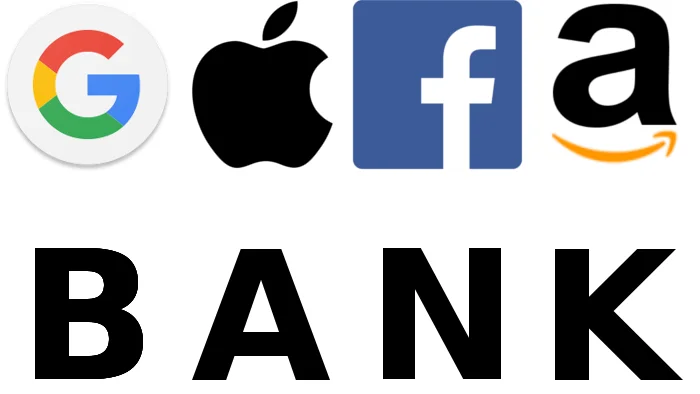- 06/12/2017

The large amount of data generated daily by different source forces the investors to embrace "non-conventional" approaches for analysing financial markets. Hence, detecting valuable trading signals can be very difficult and noisy data can lead to wrong recommendations. Moreover, everyone should be aware that on the internet even a single query or a click represents a useful information that allows to understand how our virtual behaviour affects the real world.
Google Trends: a free to use magic ball?
Google Trends is a famous online search tool that shows how many times a word has been queried on Google's engine in a specific interval of time.
The potential of this data is evident, and Preis, Moat and Stanley published in 2013 the results about one of the first investigations on how Google Trends can be used for predicting financial market dynamics. This research suggests that the tool not only provides interesting insights on the current market situation, but it also allows to predict future price movements.
The finding reveal that investors gather information on financial markets before taking investment decisions (buy or sell). For this reason, consistent market drops are generally preceded by a growing concern of the investors. This statement is supported by the evidence that the increase of the query volumes associated to words that express pessimism on the American economy in the period 2004-2011 could have been exploited for building profitable trading strategies.
The first step of the experiment consisted in measuring how many times a specific word has been searched during a week, then Preis and his team compared the query volumes with the previous ones. According to the information obtained, they designed a simple trading strategy that allowed to evaluate the possibility to link the number of searches to SP500 price.
The words that are relevant for financial operators are identified by measuring how many times they appeared on the Financial Times, one of the most important financial newspaper in the world, over the number of hits on Google. The more a term is financially relevant, the more the strategy based on this keyword is successful.
The first simulation involved in the word "debt", generally associated to pessimism and concern. If the query volumes for this word decreased in comparison with the previous weeks, they bought the index at the beginning of the coming week and they hold the position for the following 5 trading days. Vice versa, if there were more searches for this word, they shorted the SP500 at the beginning of the coming week and they hold the position for the following 5 trading days. This trading strategy generated between 2004 and 2011 a +326% performance, beating the SP500 by 310%.
By replicating this approach with other words related to finance the researchers observed that this strategy overperformed the market. On the other hand, following the trading signals provided by random words volumes generated poor performance or losses.
From Academia to the Trading World
Thanks to its potential, Google Trends catches the attention of retail investors too. By looking at the articles published by freelance contributors on the famous Seeking Alpha, we can find interesting analysis that exploit query volumes to support trading strategies.
This article shows that query volumes can help to identify the best short-term entry point for a specific stock. The results reported reveal that this approach has been particularly useful for surviving to bear market periods. It seems, also that Google Trends volumes provides more insights than CBOE Volatility Index (VIX) that generally shows strong inverse correlation to the market, but it does not provide further details. In this case Google Trends has been used for building an efficient trading strategy on the Apple stock. The author compares the investment return obtained through a buy-and-hold strategy on Apple and another one where the size of the investment in Apple is weighted weekly according to the total amount of Google Trends queries during the previous 7 days. This implies that the weight of Apple stock decreases when the weekly count is lower than the overall average, while the Apple stock weight increases when the query is higher than the average. In this case, Google Trend reveales interesting predictive properties, especially with a consumer oriented company such Apple. The analysis provided by the author reveals that by analysing Google Trends data we can notice that US and worldwide interest in the Herbalife is declining. This dynamic is confirmed by the decreasing use of myherbalife.com website and by the evidence that there is more interest in selling Herbalife products than in buying them. Moreover, if we compare Herbalife's query volumes in Brazil with the ones associated to its competitors we observe that the problems in this specific market seem much worse that what the company is communicating.Final remarks
The contents of this article do not represent an investment advice. The aim of this analysis is to show that even free to use data provide new insights on financial markets and their behaviour. Obviously, we cannot imagine building a trading system that relies exclusively on the number of queries on a search engine, however these indications increase our level of understanding of a specific situation.
One of the most important aspect that links the studies presented is that our virtual world behaviour influences the real one, especially when we are considering products taht are consumer oriented. Being able to understand and interpret this information alllows to predict market trends and eventually to forecast drops of consumers' confidence and economic slowdowns.



![What [the heck] is InsurTech? image](https://media.fintastico.com/images/network-782707_1280.2e16d0ba.fill-72x72.png)